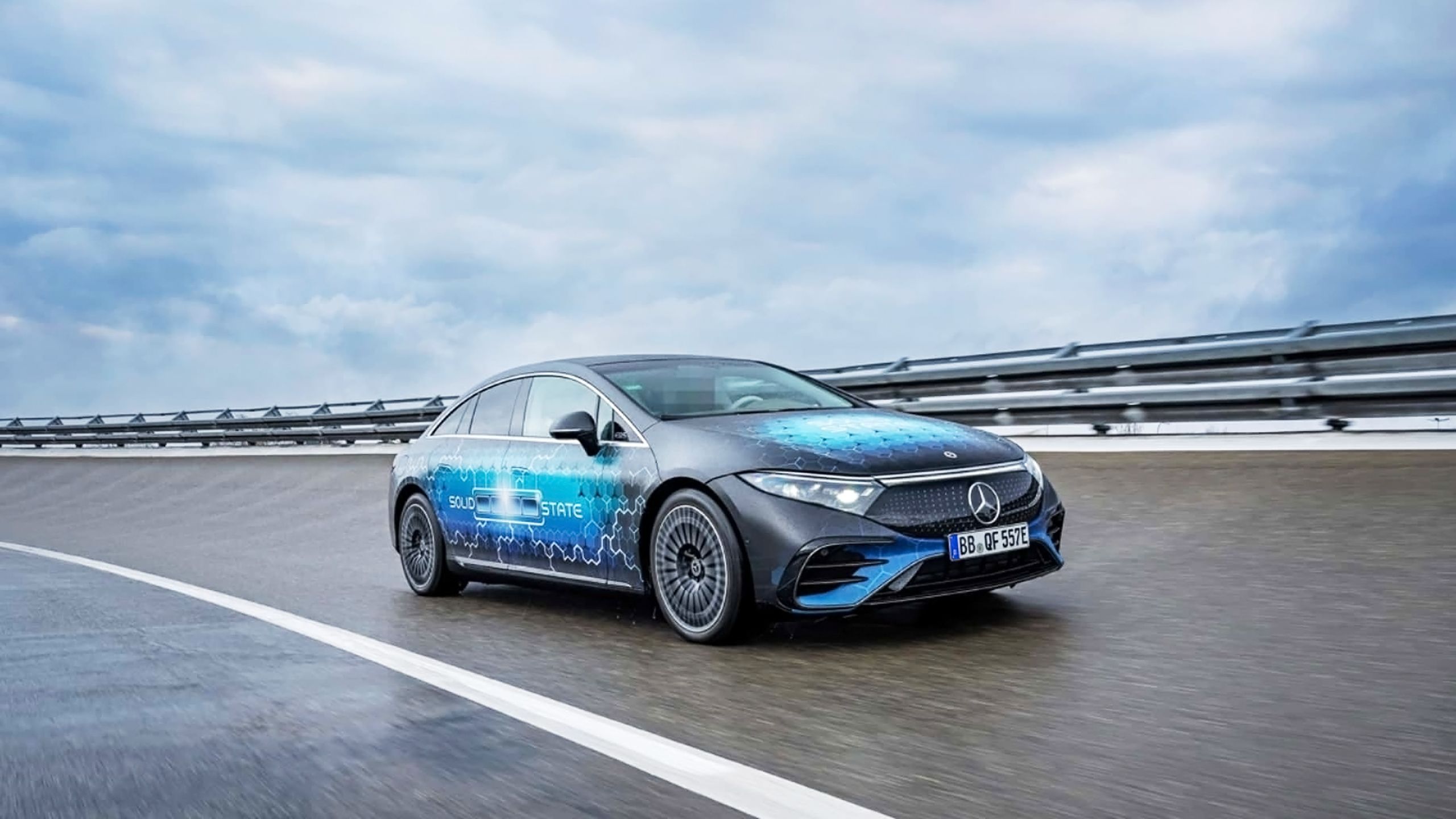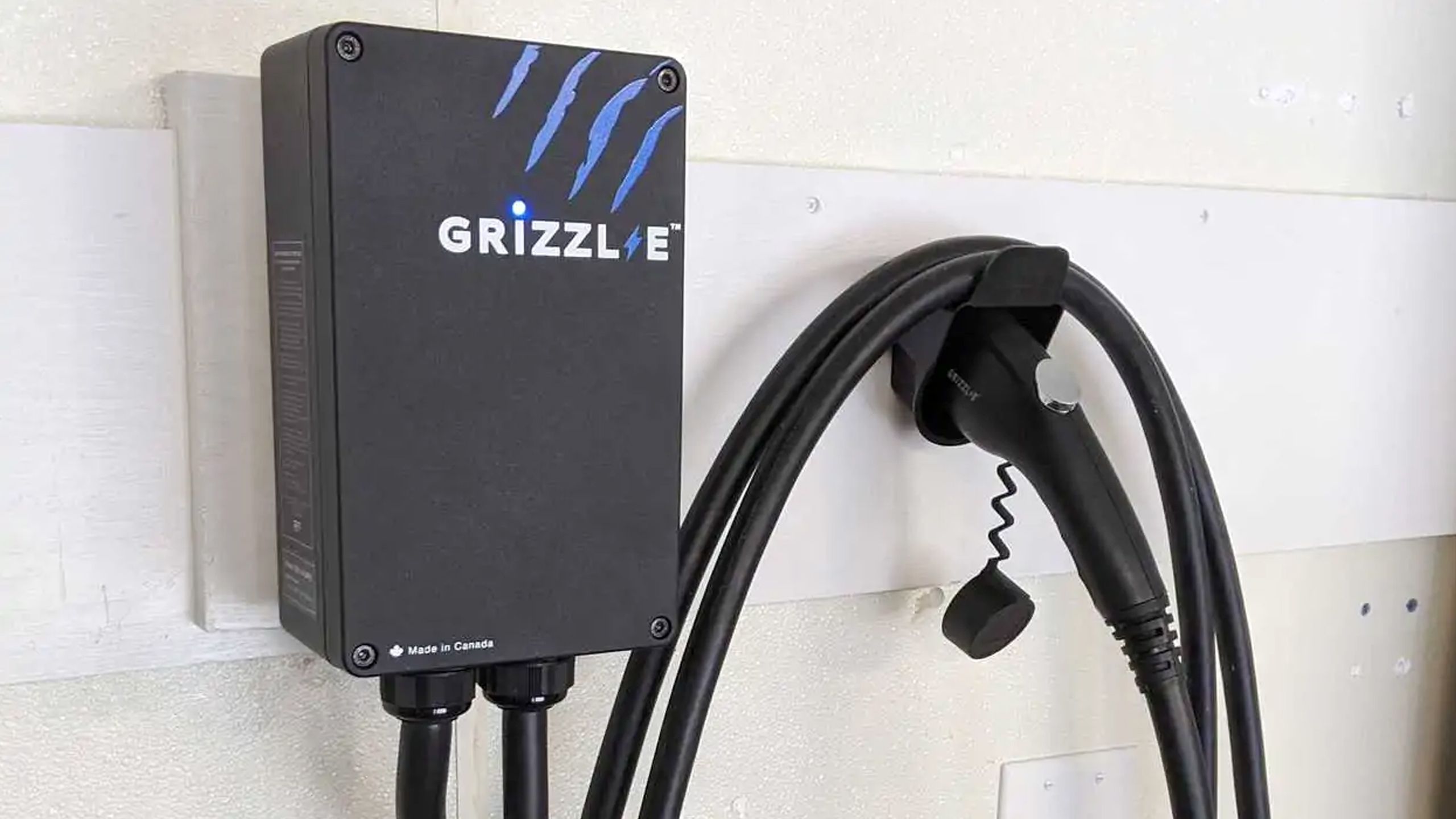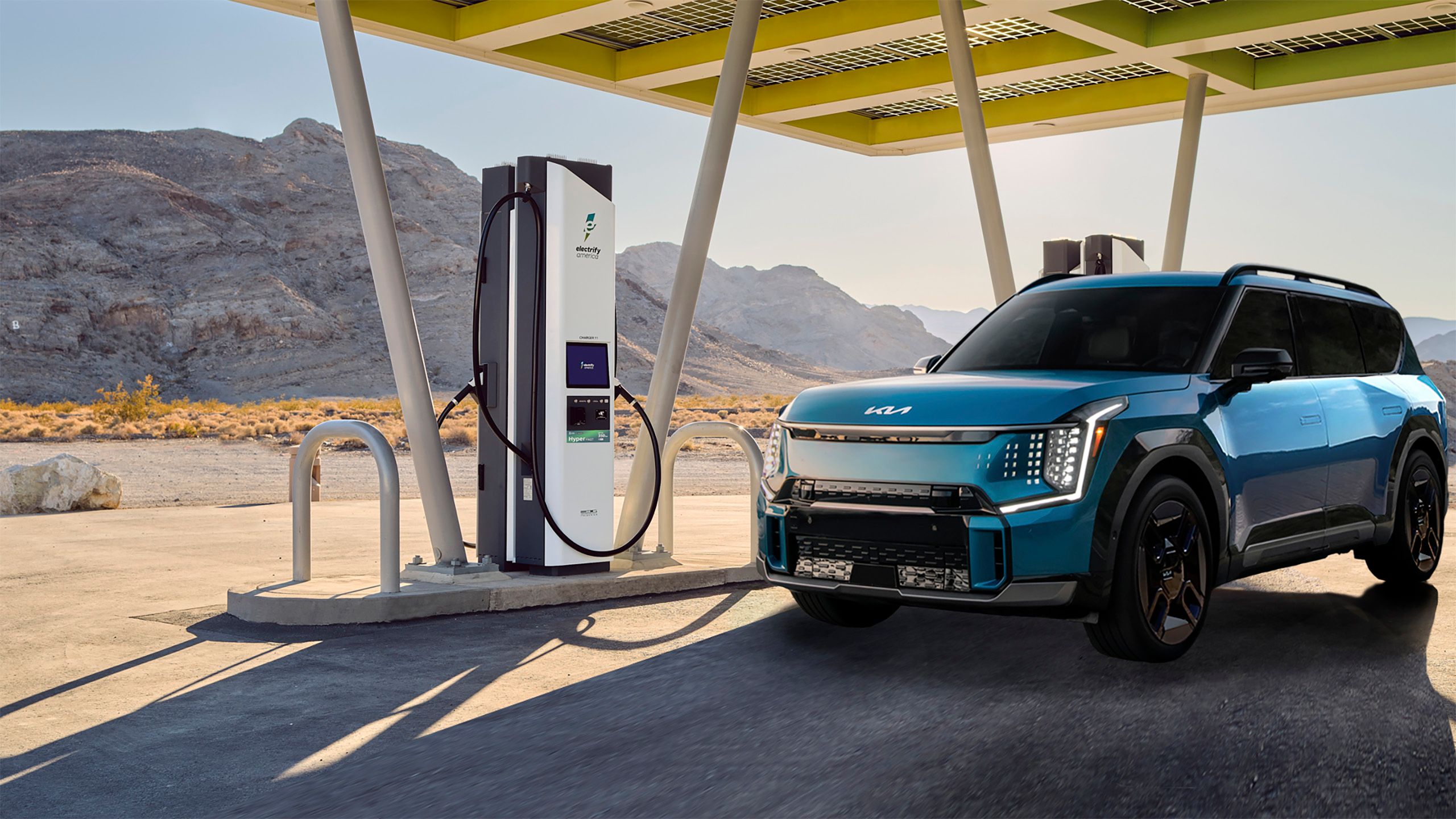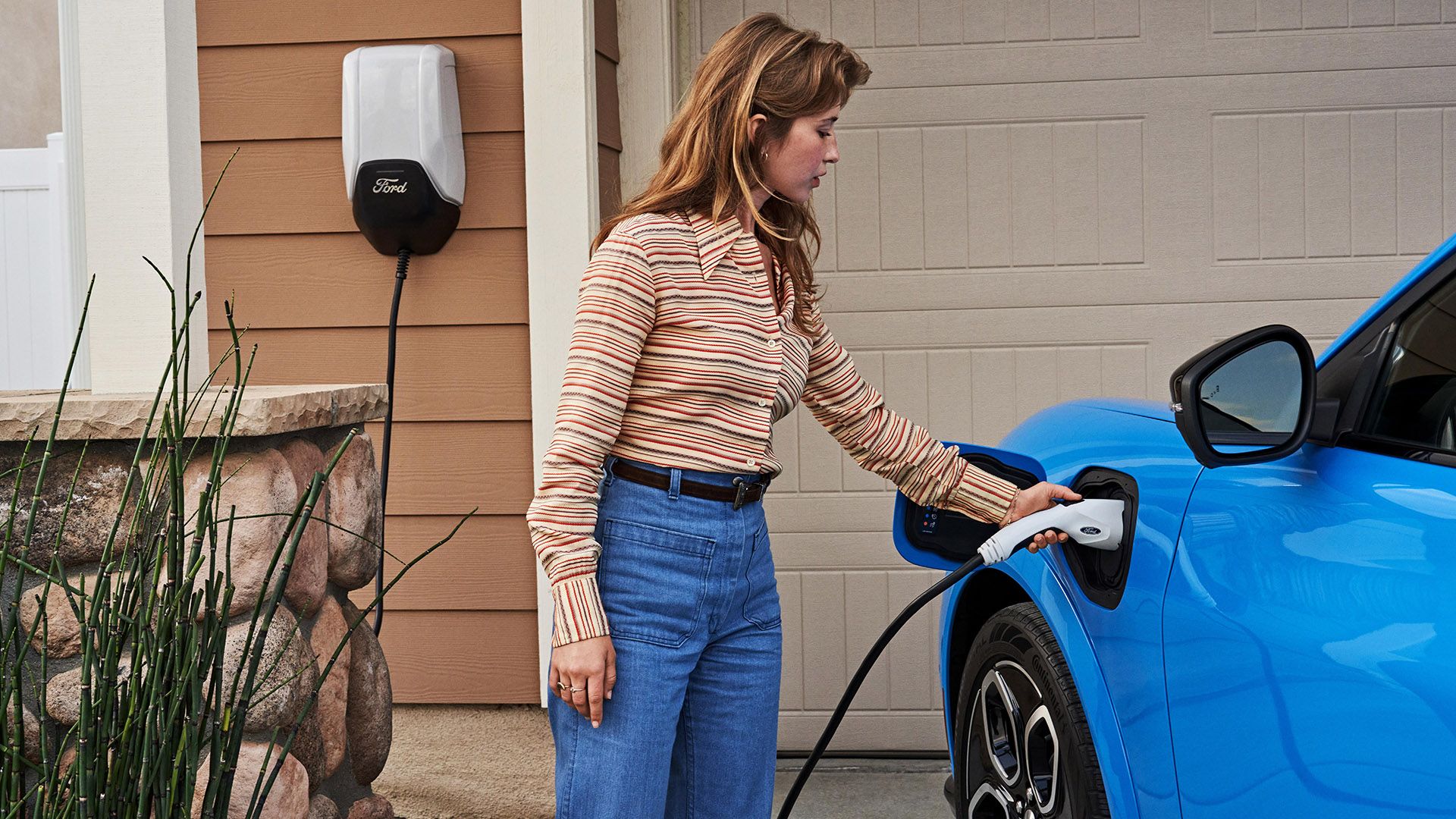Summary
- Many people will need a home charger simply to charge quickly enough for outings and errands.
- You can also save considerable cash with a home charger if you’re a daily commuter.
- Charging stations are sometimes more economical, though, say if you don’t leave home very often and the installation would be expensive.
From the way dealerships and automakers sometimes talk about them, you’d think that home chargers were a requirement for owning an electric car. In the US, at least, Ford even has a promotion called the Power Promise, which gets F-150 Lightning and Mustang Mach-E owners a home charger for free, even if they’re just leasing. We’ll see if that survives the current tariff situation, but assuming it does, that’s a pretty sweet deal.
If you’re not so lucky, though, do you need to buy and install a home charger yourself? The answer to that is a little more complicated than you might expect, depending on your personal habits as much as where you live and what you drive. It is, in fact, possible to depend solely on charging stations, solely on a home charger, or some mix of the two.
Related
Everything you need to know about PEVs, or personal electric vehicles
You can use PEVs to explore, run errands, or speed up your commute.
What does home charging mean?
The two options for every EV owner
Kia
First, let’s take a moment to define home charging. By default, the only way of charging an EV at home is what’s known as Level 1 charging — that is, plugging your car into a standard AC wall outlet (120V in North America). You shouldn’t need any special equipment for this, but you can still buy a dedicated Level 1 charger if you want to leave your vehicle’s bundled cable in the trunk.
When people talk about installing a home charger, what they normally mean is a Level 2 device. For that, you need a 240V outlet, like the sort you’d use to power a dryer or a refrigerator. Since many garages don’t have one in a convenient spot, it often becomes necessary to have an electrician install an outlet, the necessary wiring, and/or the charger itself.
When people talk about installing a home charger, what they normally mean is a Level 2 device.
As a result, the costs of Level 2 charging can vary wildly, assuming it’s not covered by your automaker or dealer. While the price could be a few hundred dollars if you already have a 240V outlet and the skills to mount a charger you buy online, having an electrician come by could easily push the total over $1,000. More demanding installs and/or more advanced chargers (such as those with smart home features) could push the total over $2,000 or even $3,000.
Level 3 charging (better known as DC charging) is effectively unavailable to homeowners. It’s the fastest possible technology, but it requires power infrastructure that most homes aren’t equipped for. For that, you’ll need to turn to a commercial charging station.

Related
How fast can I charge my iPhone?
You’ll need Apple’s latest iPhones to get the fastest possible charging.
When does it make sense to install a Level 2 home charger?
The power of flexibility
Grizzl-E
Realistically, most new EV owners should install a dedicated charger if they own a home. The primary reason is speed relative to modern battery capacities — while it was plausible to stick to Level 1 speeds when EVs had 100 miles (161 kilometers) of range or less, a 120V outlet can sometimes take 40 hours or more to charge a modern EV from zero to 80%, never mind 100%.
Level 2 chargers accomplish the same thing in about 4 to 10 hours. That’s still a long time, but since most people don’t drive a car until it’s dead, it’s quick enough that you can get home from work, plug in, and have enough juice left for the gym, that concert outing later, and the next day’s commute.
The primary reason is speed relative to modern battery capacities.
The name of the game is flexibility. With Level 2 at home, you’ll almost always have enough range to get somewhere, assuming you’re diligent about plugging in. Typically, the only times you’ll need to stop at a charging station are when you’re headed out of town.
Speaking of which, charging stations may not be convenient for you anyway. They’re most densely clustered in urban areas, and even if you’re lucky enough to live in a supported region, a charger could still be too distant to be convenient. In Kentucky’s Louisville area, for example, you’ll be driving out of your way to reach a station if you live in Jeffersontown.
Home chargers also provide a better fallback, even if you do like using charging stations. Those stations sometimes break down or fill up with customers, and of course, you may not have the time to spare away from home — it often takes 20 to 40 minutes or more to top up an EV at DC speeds.

Related
Why solid-state batteries will revolutionize EVs – and why we’re still waiting
They’re on the horizon, but there’s still some distance to go.
Can you get away with using charging stations only?
A big fat maybe
Electrify America
It is possible, and for some people, it has to be. In big cities, many people can’t afford a house on modern wages. And while some apartment complexes have dedicated chargers, those can occasionally be full or unreliable.
Whether you own a house or not, you may be lucky enough to find a charging station close to home or at work. When I worked for a certain fruit-themed company, there was a ChargePoint station in the office’s parking lot. If I needed to juice up, I could plug in when I arrived or during my lunch break.
If you’re really, really lucky, your lifestyle may sync up with Level 1 home speeds. Most of my career has been spent working remotely, so often, there’s been the option of leaving an EV plugged in all day. In similar circumstances, Level 2 or DC charging only becomes necessary during road trips, or else a sudden flurry of activity.
Station life comes at a price, naturally. While EVs are more cost-efficient than gas vehicles, station rates are inevitably higher than the ones for home electricity. And as mentioned, you’ll be doing a lot of waiting until DC chargers become as fast as gas pumps. You may need to schedule your life around charging stops — say, by using the time for shopping, studying, or eating dinner at a local restaurant.

Related
I hope the Rivian R3 will be the vehicle to topple Tesla
Tesla won’t shrink and vanish in a day, naturally.
Final thoughts
How to make your decision
Ford
If you’re not in a situation forcing your hand one way or the other, it’s still probably wise to install a Level 2 home charger. Beyond the convenience, you can save hundreds of dollars in charging fees if you’re a daily commuter. Indeed, long-range commuters may find a charger worthwhile even if the installation costs thousands.
If you’re not in a situation forcing your hand one way or the other, it’s still probably wise to install a Level 2 home charger.
A Level 2 charger can potentially prove more expensive than stations depending on your lifestyle. It’d be ridiculous to spend $3,000 on a charger if you rarely leave home, or if you might end up having to leave your house behind in a year or two. A sub-$1,000 installation will offer more room to breathe, naturally.
In light of that, it’s wise to gauge installation costs versus the rates at local stations (try to get an estimate). You should also spend some time thinking about the logistics of charging — if a station is 20 minutes out of the way, and it takes 40 minutes to charge, that’s at least an hour of your week spent, maybe several if you have to charge multiple times. Time can be as valuable a commodity as money, if not more so.

Related
Apple CarPlay should copy Android Auto’s push for more car control, right now
Apple could lose bragging rights if it insists on an all-or-nothing approach.
Trending Products

AULA Keyboard, T102 104 Keys Gaming Keyboard and Mouse Combo with RGB Backlit Quiet Laptop Keyboard, All-Steel Panel, Waterproof Gentle Up PC Keyboard, USB Wired Keyboard for MAC Xbox PC Players

Acer Aspire 3 A315-24P-R7VH Slim Laptop computer | 15.6″ Full HD IPS Show | AMD Ryzen 3 7320U Quad-Core Processor | AMD Radeon Graphics | 8GB LPDDR5 | 128GB NVMe SSD | Wi-Fi 6 | Home windows 11 Residence in S Mode

Megaccel MATX PC Case, 6 ARGB Fans Pre-Installed, Type-C Gaming PC Case, 360mm Radiator Support, Tempered Glass Front & Side Panels, Mid Tower Black Micro ATX Computer Case (Not for ATX)

Wireless Keyboard and Mouse Combo, Lovaky 2.4G Full-Sized Ergonomic Keyboard Mouse, 3 DPI Adjustable Cordless USB Keyboard and Mouse, Quiet Click for Computer/Laptop/Windows/Mac (1 Pack, Black)

Lenovo Newest 15.6″ Laptop, Intel Pentium 4-core Processor, 15.6″ FHD Anti-Glare Display, Ethernet Port, HDMI, USB-C, WiFi & Bluetooth, Webcam (Windows 11 Home, 40GB RAM | 1TB SSD)

ASUS RT-AX5400 Twin Band WiFi 6 Extendable Router, Lifetime Web Safety Included, Immediate Guard, Superior Parental Controls, Constructed-in VPN, AiMesh Appropriate, Gaming & Streaming, Sensible Dwelling

AOC 22B2HM2 22″ Full HD (1920 x 1080) 100Hz LED Monitor, Adaptive Sync, VGA x1, HDMI x1, Flicker-Free, Low Blue Mild, HDR Prepared, VESA, Tilt Modify, Earphone Out, Eco-Pleasant

Logitech MK540 Superior Wi-fi Keyboard and Mouse Combo for Home windows, 2.4 GHz Unifying USB-Receiver, Multimedia Hotkeys, 3-12 months Battery Life, for PC, Laptop computer











